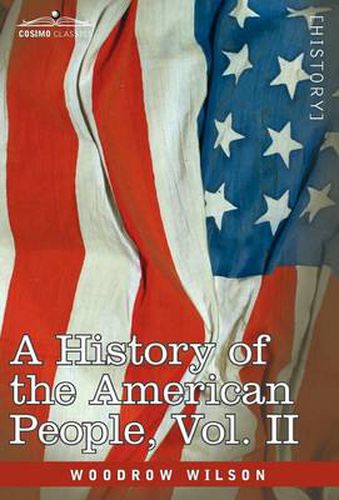Readings Newsletter
Become a Readings Member to make your shopping experience even easier.
Sign in or sign up for free!
You’re not far away from qualifying for FREE standard shipping within Australia
You’ve qualified for FREE standard shipping within Australia
The cart is loading…






This title is printed to order. This book may have been self-published. If so, we cannot guarantee the quality of the content. In the main most books will have gone through the editing process however some may not. We therefore suggest that you be aware of this before ordering this book. If in doubt check either the author or publisher’s details as we are unable to accept any returns unless they are faulty. Please contact us if you have any questions.
The crisis and turning-point came in the year 1718. That year an English fleet crossed the sea, took New Providence, purged the Bahamas of piracy, and made henceforth a stronghold there for law and order. That same year Stede Bonnet, of Barbadoes, a man who had but the other day held a major’s commission in her Majesty’s service, honored and of easy fortune, but now turned pirate, as if for pastime, was caught at the mouth of the Cape Fear by armed ships under redoubtable Colonel Rhett, who had driven the French out of Charleston harbor thirteen years ago… –from Chapter I: Common Undertakings Before he served as the 28th President of the United States, from 1913 to 1921, before he won the Nobel Peace Prize in 1919, THOMAS WOODROW WILSON (1856-1924) was a lawyer and an academic: a university professor of history and politics, and president of Princeton University. It was during his tenure at Princeton that he penned this five-volume history of the United States, and it reflects many of the biases he later brought to national politics, from racial prejudice to anti-immigration attitudes. In Volume II, Wilson tells the story of the British settlers in America in the 18th century, from common endeavors in trade and commerce by turns unified and divided the disparate colonies through to the Revolution. As growing strife with the home country draws newly cohesive Americans together, men of quality and leadership come to the fore. Appendices feature the text of the Articles of Confederation of the New England colonies, Penn’s 1697 Plan of Union, Franklin’s 1754 Plan of Union, and the 1777 Articles of Confederation. This beautiful replica of the 1902 first edition features all the original halftone illustrations. Students of Wilson and of the ever-changing lens through which history is told and retold will find this an enlightening and illuminating work.
$9.00 standard shipping within Australia
FREE standard shipping within Australia for orders over $100.00
Express & International shipping calculated at checkout
This title is printed to order. This book may have been self-published. If so, we cannot guarantee the quality of the content. In the main most books will have gone through the editing process however some may not. We therefore suggest that you be aware of this before ordering this book. If in doubt check either the author or publisher’s details as we are unable to accept any returns unless they are faulty. Please contact us if you have any questions.
The crisis and turning-point came in the year 1718. That year an English fleet crossed the sea, took New Providence, purged the Bahamas of piracy, and made henceforth a stronghold there for law and order. That same year Stede Bonnet, of Barbadoes, a man who had but the other day held a major’s commission in her Majesty’s service, honored and of easy fortune, but now turned pirate, as if for pastime, was caught at the mouth of the Cape Fear by armed ships under redoubtable Colonel Rhett, who had driven the French out of Charleston harbor thirteen years ago… –from Chapter I: Common Undertakings Before he served as the 28th President of the United States, from 1913 to 1921, before he won the Nobel Peace Prize in 1919, THOMAS WOODROW WILSON (1856-1924) was a lawyer and an academic: a university professor of history and politics, and president of Princeton University. It was during his tenure at Princeton that he penned this five-volume history of the United States, and it reflects many of the biases he later brought to national politics, from racial prejudice to anti-immigration attitudes. In Volume II, Wilson tells the story of the British settlers in America in the 18th century, from common endeavors in trade and commerce by turns unified and divided the disparate colonies through to the Revolution. As growing strife with the home country draws newly cohesive Americans together, men of quality and leadership come to the fore. Appendices feature the text of the Articles of Confederation of the New England colonies, Penn’s 1697 Plan of Union, Franklin’s 1754 Plan of Union, and the 1777 Articles of Confederation. This beautiful replica of the 1902 first edition features all the original halftone illustrations. Students of Wilson and of the ever-changing lens through which history is told and retold will find this an enlightening and illuminating work.